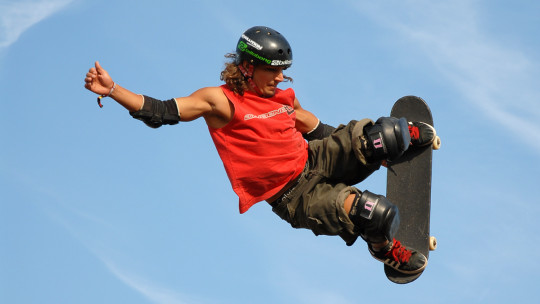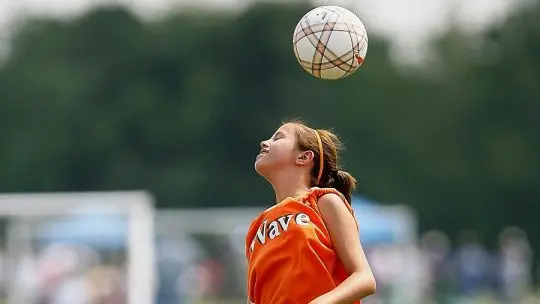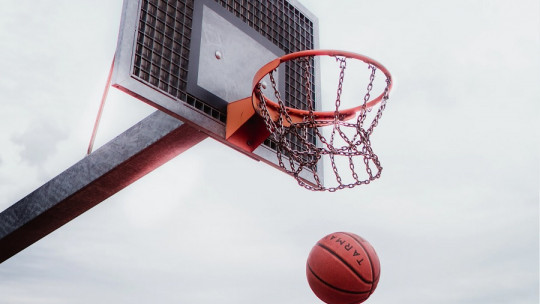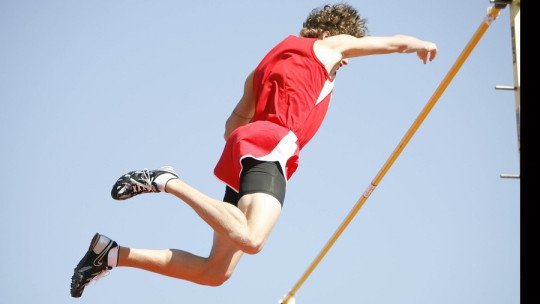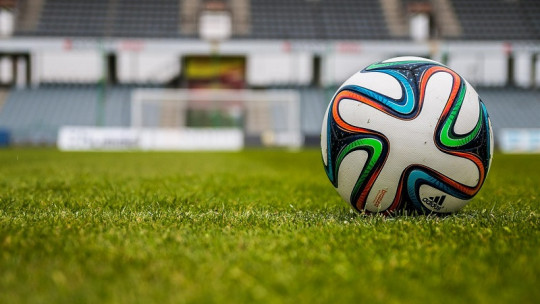Mental Training: discovering the importance of sport
It is very normal to see today, in the media, how athletes dedicate a large part of their time to their practices before competing in their disciplines. Sports practice is one of the best instruments that athletes have to acquire and improve their skills and techniques on the field of play.
But there is an area of these practices that does not usually receive much attention from the media, and which is nevertheless widely used in various sports disciplines. I refer to the great influence that psychologists have on improving the performance of athletes. Psychological science has been expanding exponentially into fields that years ago were totally unrelated to its influence. This is because the research and interventions that have been developed increasingly cover a greater range of behaviors and mental processes including those executed in sports.
In this way, relatively recently a new area was born within sport and psychology, in which both come together to enrich each other for the understanding of behavior and the improvement of performance and quality of life of athletes: Sports Psychology..
This new batch of psychologists appears to gain an understanding of the behaviors and mental processes that occur in sport and physical practice, as well as develop techniques and interventions that help increase dexterity and skills of athletes. Among these techniques developed by sports psychologists is, for example, mental training through the regulation of imagination.
Mental Training through Imagination
He Mental Training through Imagination is based on the principle that imagination is a basic process for preparation and management of information processed by the brain. Imagination is directly influenced by both sensations and emotions and is used to organize, explore and examine thought. It facilitates, to the extent that it adapts to reality, an understanding of the demands of each situation. It serves, among other things, to recognize a situation quickly without great difficulty and without great display of energy, forming “stories about reality that are coherent. As British neurologist says Oliver Sacks in his TED talk on hallucinations:
“We see with our eyes but we also see with our brain, and seeing with our brain is often called imagination…”
The regulation of imagination , both in Mental Training through Imagination and in any other area, assumes an important role for the development of all motor processes. We learn, through imagination, about objects, people, environmental conditions and experiences. Each experience is made up of certain relationships that model our behavior towards their existence.
Definitely, Imagination influences, consciously or unconsciously, our action (For example, phobia exposure therapies using computer simulations are based on this principle). This is because every time we have an experience, it is reflected in our brain, forming neuron activation patterns that specifically correspond to that experience. Every time we carry out the action of imagining, we are reactivating those patterns of neurons and to the extent that these circuits are activated recurrently, they are strengthened in such a way that they manage to shape learning, automating movements, reactions and skills.
Applications of Mental Training by Imagination
Cognitive development
Imagination can play an important role in cognitive development. This has been highlighted by a number of social scientists; The most notable of the 20th century is the work of Jean Piaget. Popular beliefs allow us to believe that children spend a greater amount of time imagining than adults, which demonstrates its importance in development. However, we are not aware of any studies that have attempted to ‘quantify’ the amount of time spent in imagination among groups of the same age.
Acquisition and improvement of skills
Data in the literature indicate that imagination performance and practice of a specific motor skill can improve the functioning of that skill in ‘real life’. This has been proposed in athletes (as we will describe in this article), surgeons, and musicians.
Behavioral test
He behavioral test Within the stages of the mind it is perhaps one of the most important human qualities. The imagination provides a unique and secure platform for testing behavior prior to its actual development , without the risk of negative consequences for those who imagine. Multiple alternative solutions to problems, considering numerous potential outcomes, can be safely tested and practiced within the field of the mind. It is widely used in the field of psychotherapy due to the positive effects on the acquisition of new behaviors.
Anxiety reduction
Imagination provides a setting to safely carry out behavioral sequences that can help improve anxiety. For example, revenge for a wrongdoing is possible and easy within the realm of the imagination, with seemingly no consequences. Many psychotherapeutic modalities use the process of imagination to treat anxiety, phobias, and other disorders.
Creativity
George Bernard Shaw He indicated “Imagination is the beginning of creation. Imagine what you want, desire what you imagine and in the end create what you want.” While the cognitive process involved in creativity is unclear, many creative individuals, such as artists, explain that they imagine a creation before creating it in the ‘physical’ world. In fact, within the stage of our imagination, we are free to create with fewer limits than exist in the “real world.”
Mental Training through the regulation of imagination in sport
The investigations demonstrate a great positive influence of imagination on sports performance Both scientifically controlled studies and experimental reports of the use of imagination to improve performance provide positive results. (Robin S. Vealey, 1991).
Through imagination techniques, the aim is for the athlete to assimilate and internalize the movement through a codified system, which represents it symbolically and makes it more familiar and more automatic. It is so important that its correct application leads to an improvement in the retention and memorization processes of motor tasks. (Damián Lozano, 2004)
Psychoneuromuscular theory (Weineck, J. 1998) maintains that similar impulses occur in the brain and muscles when athletes imagine movements without putting them into practice. Scientific evidence maintains that experiencing events in the imagination generates an innervation in our muscles similar to that produced by the true physical execution of an event.
What does the process of applying the imagination technique as mental training consist of? Kemmler (1973), established three degrees in mental training:
- Verbalization of the entire movement This responds to mentally repeating the sequence of the movement and narrating it verbally, in such a way that the movement (which is usually very automated) begins to take on a more conscious dimension of the way it is executed.
- Viewing a demonstration-model It is another way of being able to make movement sequences conscious, in this degree you can externally visualize how such a sequence develops. It is closely related to the activation of mirror neurons involved in observing other people’s behavior.
- Execution of movement by representation of gestural development , taking into account the kinesthetic sensations that accompany movement, as well as the specific technical difficulties of the movement structure. At this degree, the kinesthetic sensations that occur in movement become conscious, that is, what it feels like when that group of muscles moves. In this way, corrections can be made that facilitate the improvement of movement and sports skills.
Practical Applications of Mental Training through Imagination
In this way, thanks to Mental Training through Imagination, different applications can be developed in the sports field, among which the following stand out:
So now you know, the next time you have to train for your sports practice, do not hesitate to use Mental Training through Imagination, a resource developed and implemented by sports psychologists. The results obtained are of great magnitude and do not require great efforts or energy to be applied.

